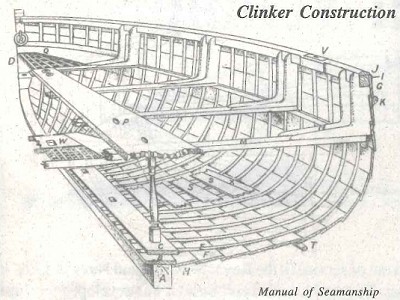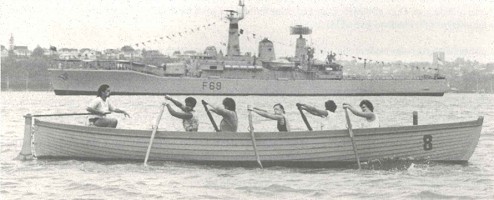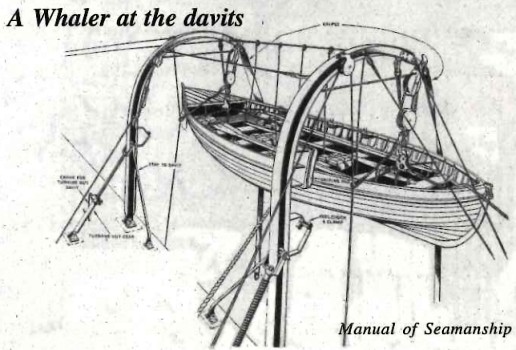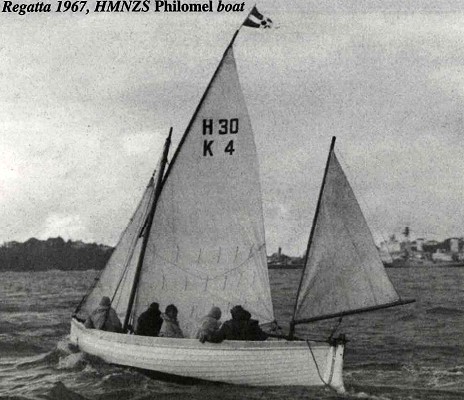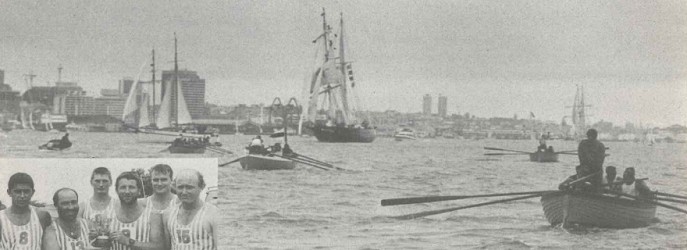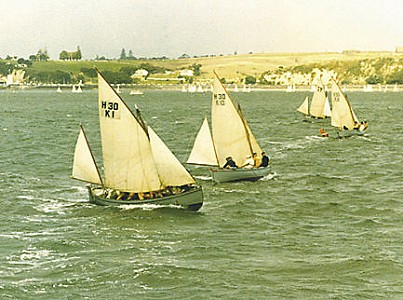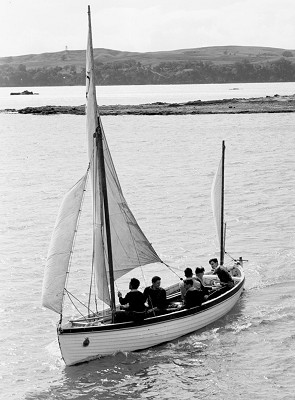 |
surfresearch.com.au
rnnz museum :
the naval whaler, 2002
|
Royal Navy New Zealand Museum : The Naval Whaler, 2002.
Royal
Navy New Zealand Museum:The Naval Whaler
Royal Navy New Zealand Museum Fact Sheet 13, 2002.
Royal Navy New Zealand Museum Fact Sheet 13, 2002.
Introduction.
This comprehensive and detailed account of was prepared for the Royal Navy New Zealand Museum in 2002 and forwarded by Rebbeca
Rebekah Clements, Collections Assistant New Zealand Maritime Museum.
www.maritimemuseum.co.nz
The museum's catalogue entry is 2003.28 and the Dewey number 625.827 ROY Row 2.
Many thanks to Rebecca for her invaluable assistance.
| THE NAVAL WHALER | 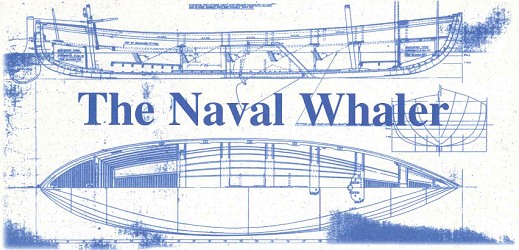 |
Page 1
